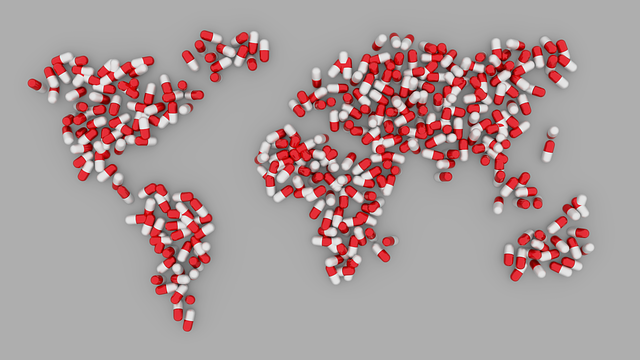Introduction:
The pharmaceutical industry relies heavily on advanced equipment and machinery to ensure the safe and efficient production of medicines. Pharma equipment plays a pivotal role in various stages of medicine manufacturing, from research and development to large-scale production. In this article, we will explore the significance of pharma equipment, its different types, and its impact on the quality and availability of life-saving medications.
Importance of Pharma Equipment:
Pharma equipment is essential for pharmaceutical companies to meet the growing demand for medicines while maintaining strict quality standards. These equipment ensure precise formulation, accurate dosing, efficient mixing, and sterile packaging, all of which are critical factors in producing safe and effective pharmaceutical products. Pharma equipment also helps streamline production processes, increase productivity, and minimize the risk of contamination or errors.Types of Pharma Equipment:
a) Manufacturing and Processing Equipment:
- Blenders and Mixers: These equipment ensure uniform mixing of active pharmaceutical ingredients (APIs) and excipients to create a homogenous blend for tablet or capsule production.
- Granulators: Granulators are used to transform raw materials into granules suitable for tablet compression.
- Coating Machines: Coating machines apply a thin layer of coating to tablets or capsules, providing protection, controlled release, or improved appearance.
- Sterilizers and Autoclaves: These equipment ensure the sterility of pharmaceutical products, essential for injectables, ophthalmic preparations, and other sterile medications.
b) Packaging Equipment:
- Filling and Sealing Machines: Filling and sealing machines efficiently package medicines into various forms such as bottles, tubes, blister packs, or vials, ensuring accurate dosage and proper sealing.
- Labeling Machines: Labeling machines apply product information, dosage instructions, and safety warnings on medication packaging, ensuring compliance with regulatory guidelines.
- Track-and-Trace Systems: These systems incorporate barcodes or unique identifiers to track medicines throughout the supply chain, ensuring authenticity and preventing counterfeiting.
c) Quality Control Equipment:
- Analytical Instruments: These instruments, such as high-performance liquid chromatography (HPLC) systems and spectrophotometers, are used to analyze the quality, purity, and potency of pharmaceutical products.
- Microbiological Testing Equipment: These equipment help detect and identify microbial contaminants in pharmaceutical products, ensuring product safety and compliance with regulatory standards.
Advancements in Pharma Equipment:
Continuous advancements in pharma equipment have revolutionized the pharmaceutical manufacturing process. Modern equipment incorporates automation, robotics, and data-driven technologies, improving efficiency, reducing human errors, and enhancing product quality. Automation allows for precise control over manufacturing parameters, optimizing processes and reducing batch variations. Real-time monitoring and data analysis enable prompt detection of anomalies, facilitating rapid corrective actions. These advancements contribute to increased productivity, shorter manufacturing cycles, and improved overall product quality.Compliance and Regulatory Considerations:
Pharma equipment must adhere to stringent regulatory guidelines to ensure product safety, efficacy, and compliance with good manufacturing practices (GMP). Equipment validation, calibration, and regular maintenance are crucial to maintaining quality standards and regulatory compliance. Pharmaceutical companies invest significant resources in training personnel to operate the equipment properly and in implementing robust quality management systems to ensure product consistency and patient safety.




0 Comments